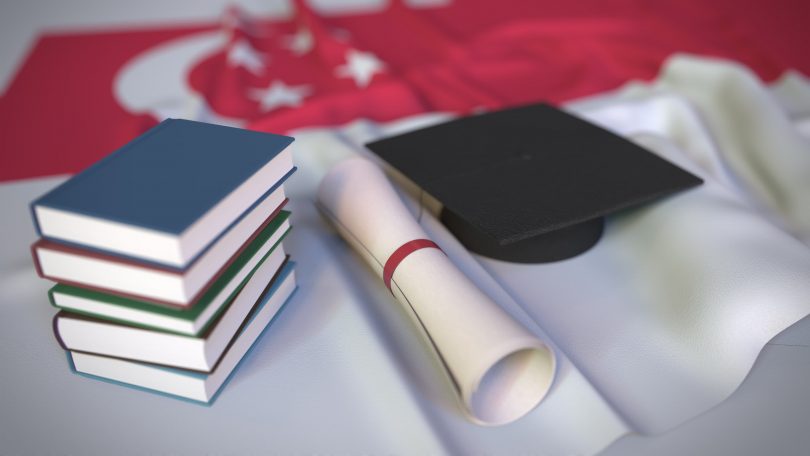One of the top factors that expatriate families consider when looking for an international school in Singapore is the curricula that the school follows. There are general international schools that offer primary and secondary education levels, the same as the system used by local schools.
These international schools typically present their students with the chance to earn international certifications and diplomas during the later years of their secondary education.
On the other hand, there are also many international schools that follow the curriculum prescribed by the countries, or organizations that they are affiliated with.
Deciding which among the top international schools in Singapore is the best choice for your child largely depends on which academic institution matches the needs of your family. The curricula that the school offers play a big part in this.
Parents base their choice of preferred curriculum on their family’s future plans and their children’s academic goals.
To arrive at the best decision though, it’s important to thoroughly know the available choices. Here are the most common curriculum options offered by international schools in Singapore:
American Curriculum
Families that come from the United States, those that intend to migrate there, and those that plan to send their children to study in a US school or university may prefer to enroll their children in an international school that uses the American curriculum.
It’s worth noting that there is no ‘national’ curriculum followed by US educational institutions; the curriculum used by each school depends on their state, school district, or affiliation.
Still, there are certain elements that American schools in Singapore and elsewhere have in common. These schools have 3 levels: elementary (kindergarten to grade 5), middle school (grades 6 to 8), and high school (grades 9 to 12).
An American curriculum includes a long list of subjects, and students in American schools are assessed through their assignments and examinations. Students who plan to continue their education in a college or university in the US have to take their SAT or ACT during their final years in high school.
At the same time, high school students in American international schools have the opportunity to take Advanced Placement (AP) courses. The AP program allows students to take college-level courses that may also be credited once they start their tertiary education.
In addition to providing students a dedicated space to work on subjects that they are weak at, AP courses can also make a student’s college or university application more appealing, as these classes demonstrate the student’s academic aptitude and commitment to learning.
British Curriculum
British expatriate families and students who are aiming to continue their education in a university in the United Kingdom, on the other hand, often choose to go to international schools that use the British curriculum. The programs used by these schools are provided by different educational organizations, and as such, their teaching methods and results vary widely in terms of quality and structure.
Typically, though, year levels in British schools are divided into primary (years 1 to 6 or kindergarten to grade 5 in US schools) and secondary (years 7 to 11 or grades 6 to 10 in US schools). As the students make progress and pass through different key stages of the British curriculum, they start to take more specialized classes, depending on what they want to pursue once they enter university.
Passing examinations is essential to get promoted to the next level, and by years 10 to 11, students take standardized international assessments called the International General Certificate of Secondary Education (IGCSE). Some British schools offer years 12 and 13 where students can study to take A-level examinations.
At this point, the school can offer a wide range of subjects, and the learners can choose to focus on particular subjects or study a combination of topics that will help them come closer to their academic goals.
International Baccalaureate or IB
The 2-year International Baccalaureate (IB) Diploma Programme is probably the most well-known part of the IB curriculum, but this program of study has sections that focus on the primary and middle years.
The IB Primary Years Programme (PYP) is designed for learners aged 3 to 12, while the IB Middle Years Programme (MYP) is for students aged 11 to 16. The IB diploma is a top option for many expatriate families due to its transferability—it’s recognized by thousands of universities worldwide.
The IB curriculum is focused on providing learners with a holistic education. On top of its academic core, the IB program develops the students’ critical thinking, communication, and life skills. It’s designed to help students think with a more global perspective, express themselves and their values, and find their place in the world.
The good news is that many of the international schools in Singapore offer several study program options, so choosing one school over others doesn’t necessarily mean eliminating the possibility of getting an IB diploma, completing AP courses, or preparing for IGCSE exams.
For more great education tips, make sure you check the other blogs on College Basics.







